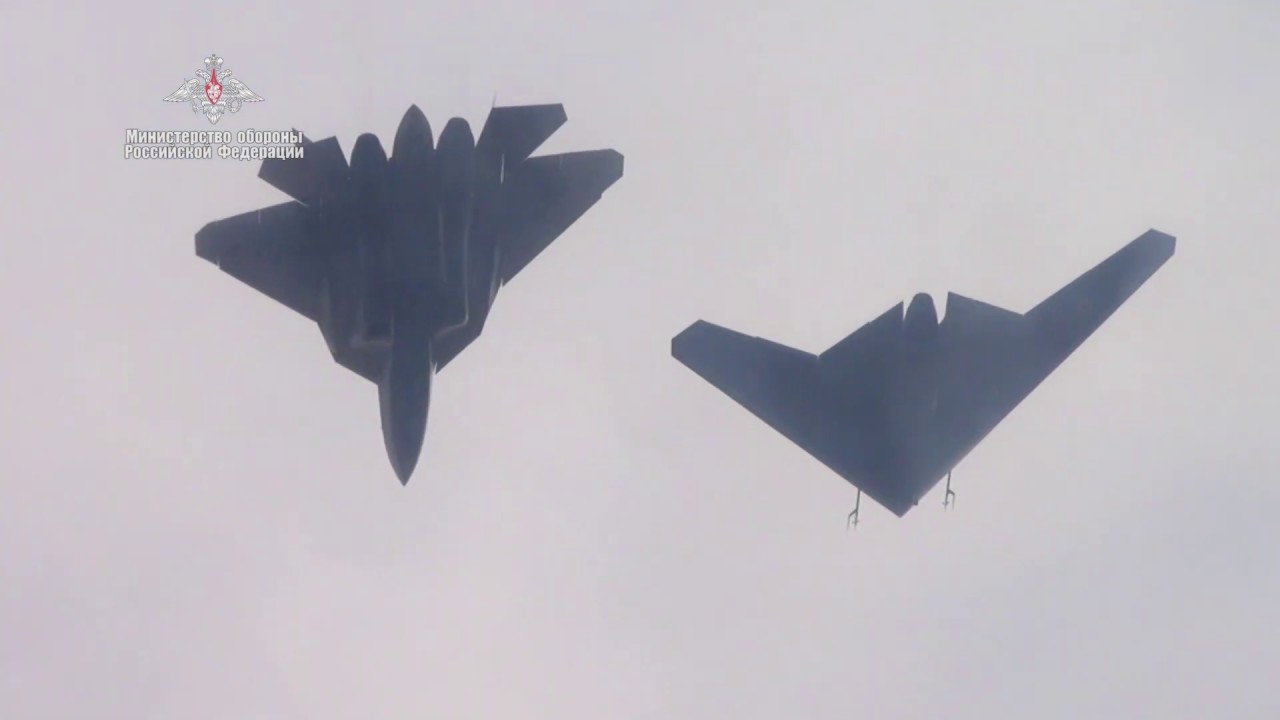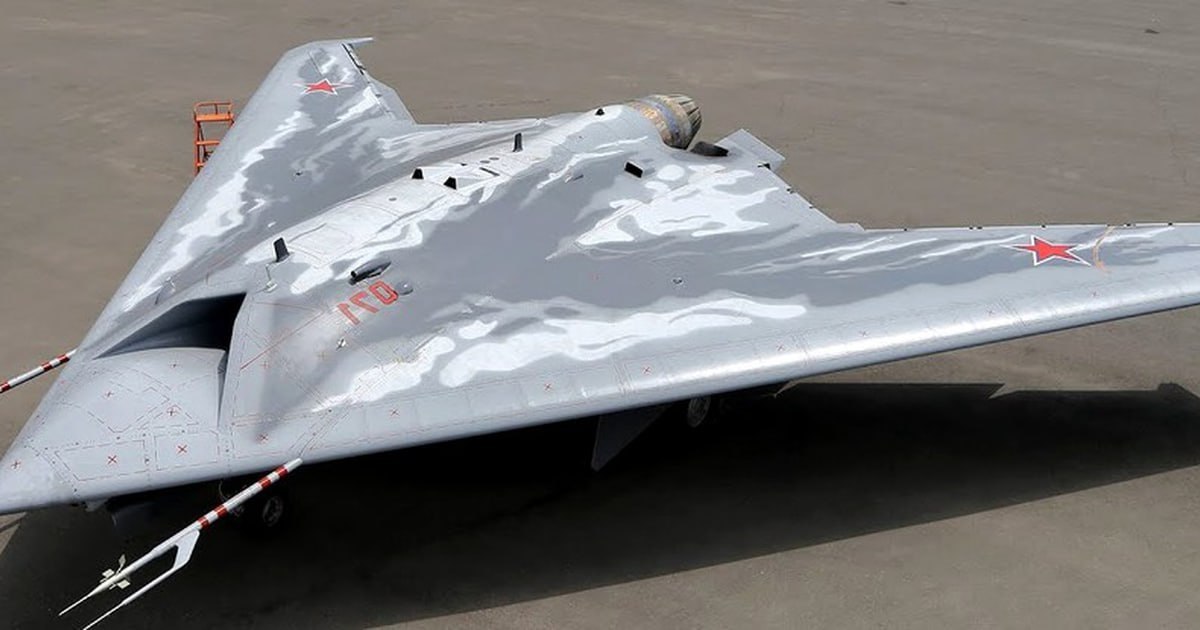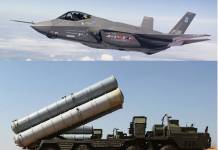In its latest intelligence update, the UK Ministry of Defence has characterized the downing of Russia’s S-70 “Hunter” stealth drone as an “expensive and embarrassing” failure of Russian weapons development.
This incident, which occurred on October 5, involved Russia shooting down its own unmanned aerial vehicle (UAV) while it was flying west over the front line in Ukraine.
The British assessment reveals that Russian forces lost control of the S-70 drone, leading to the decision to destroy it to prevent it from being captured by Ukrainian forces.
Developed by Sukhoi, the S-70 has been in the pipeline for over a decade, with test flights observed at the Russian airbase in Akhtubinsk.
The S-70 drone, designed to have a reduced radar cross-section, aims to penetrate enemy air defenses effectively and carry out deep strike missions. It is intended to operate alongside the Su-57 fighter jet.
The heavy UAV’s development began in 2012, following an earlier declaration of intent in 2009 to produce a strike drone of this kind. With an expected takeoff weight of 10 to 20 tons, the S-70 is intended to carry guided missiles and bombs, both in its internal payload compartment and on underwing hardpoints.
According to the British review, “It is likely Russia waited to the last moment before choosing to engage the UCAV [to shoot it down] having exhausted attempts to bring it [the Okhotnik] back under control.”

The British MoD said this incident highlights yet another costly and embarrassing setback for Russian military technology and is expected to further delay the S-70 program.
Outdated Tech, Delayed Delivery, Russian S-400 AD System No ‘Game Changer’ For Indian Military: OPED
Defense analyst Alex Luck said that this incident highlights the inherent challenges of command and control (C2) systems for drones.
“It may illustrate yet again that C2 for drones is hard and entails difficult, unpleasant choices. While crewed assets are obviously not invulnerable to loss, a pilot can still mitigate bad outcomes where drone control just cuts the cord,” Luck said.
The loss of the S-70 drone serves as a reminder of these limitations, reinforcing the complexity and unpredictability of operating unmanned systems in combat environments.
Outdated Tech, Delayed Delivery, Russian S-400 AD System No ‘Game Changer’ For Indian Military: OPED
A Strategic Blow For Russia
On October 5, 2024, Russia inadvertently shot down its own S-70 Okhotnik “Hunter” uncrewed combat aerial vehicle (UCAV). Shortly after the incident, social media erupted with videos capturing a Russian fighter jet, likely a Su-57 Felon, firing a short-range air-to-air missile that struck the S-70 Okhotnik north of Donetsk.
Subsequent footage depicted the drone spiraling to the ground, where Ukrainian forces later claimed the wreckage.
While the majority of the aircraft was destroyed upon impact, a portion of its outer wing remained largely intact, and the engine, although crushed, was mostly salvageable.
Among the debris, pieces of a Russian glide bomb were also discovered, as reported by the EurAsian Times. The presence of a glide bomb indicated that the drone was reportedly engaged in missions aimed at striking ground targets.

Samuel Bendett, an expert on drones and Russian defense at the Center for Naval Analyses, described the loss of the S-70 as a “significant win” for Western intelligence agencies.
The drone is presumed to house advanced resources, including microelectronics and other critical components that could offer valuable insights into Russian military capabilities.
According to the Institute for the Study of War, only two S-70 drones are believed to have been produced by Russia to date, making this downing a considerable trophy for Ukraine and its NATO allies, particularly the United States.
The limited production of the S-70 indicates that its loss could impede further development, although it is unlikely to halt Russia’s drone initiatives entirely.
The recent mission may have been a developmental or operational test aimed at assessing the aircraft’s performance prior to full-scale production. Such tests are essential to ensure that the S-70 meets the necessary standards for future military operations.
A former Pentagon official also said that the wreckage could yield “tremendous insight” into the status of Russian drone and stealth technologies, especially since the S-70 has not yet entered series production.
After examining images of the wreckage, the former official noted that there was no immediate evidence of advanced low-observable technology, suggesting that a detailed laboratory analysis would be necessary to understand the materials used in its construction.
He further suggested that this incident could also provide clues regarding whether any technologies derived from a US Air Force RQ-170 drone, which crashed in Iran in 2011, had been reverse-engineered by either Iran or Russia.
- Contact the author at ashishmichel(at)gmail.com
- Follow EurAsian Times on Google News




